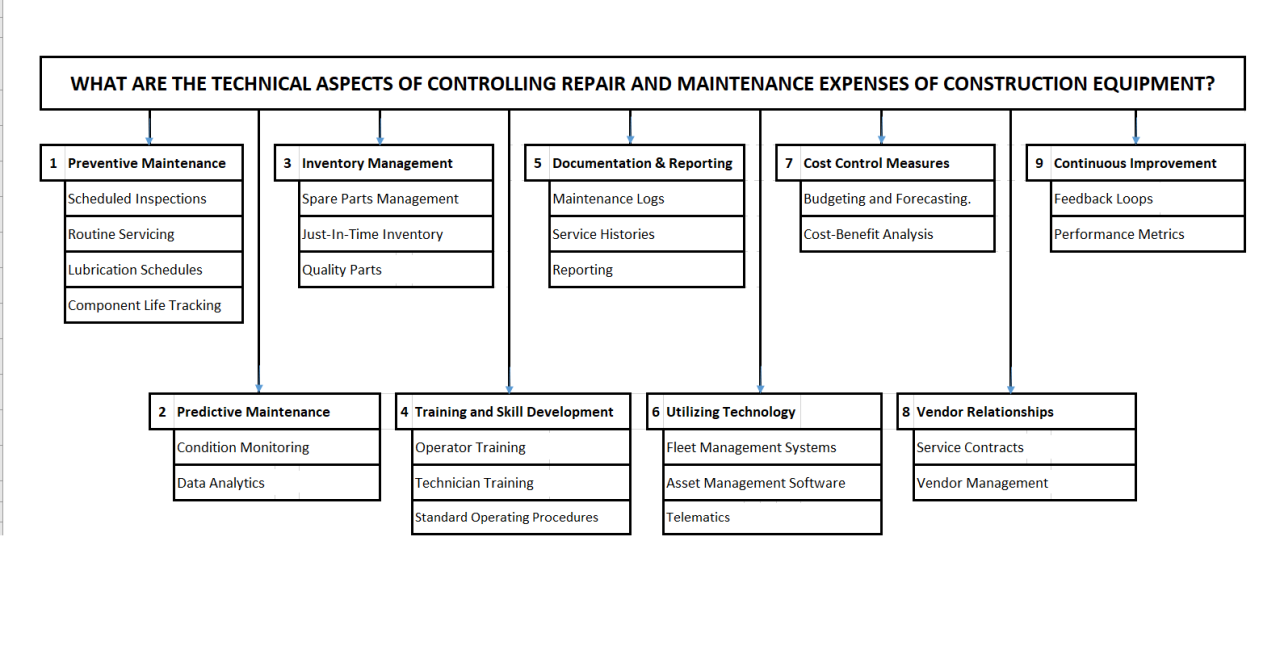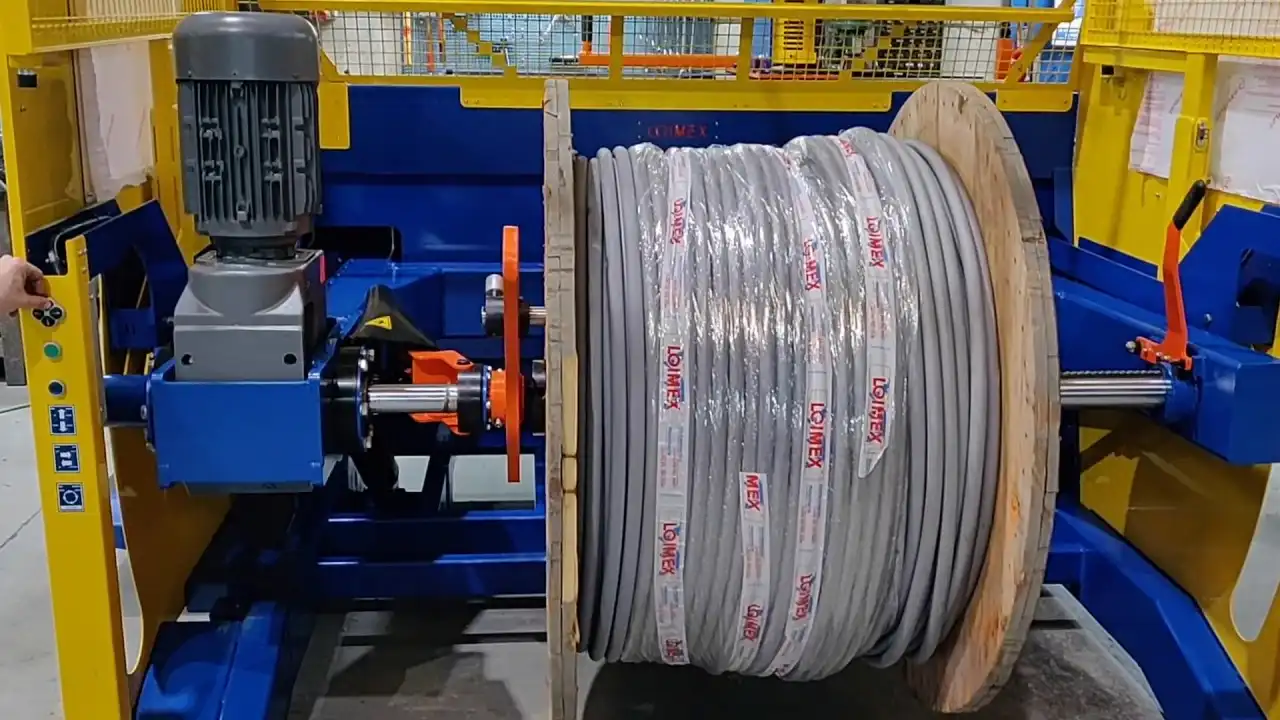Imagine a critical hydraulic system powering essential machinery in your manufacturing plant or vital aircraft components ensuring safe flight. What happens when these systems unexpectedly fail? The answer can range from costly downtime and production delays to potential safety hazards. This is why service contract negotiation with explicit MTBF (Mean Time Between Failure) guarantees is of crucial importance.
Complex and essential machinery, like private jets, buses, and even MRI machines, rely heavily on hydraulic systems. High-pressure hydraulic pumps, in particular, are prone to failure, sometimes even after they have been designed and warranted to operate for 1,000 hours each. Understanding and negotiating service contracts that include MTBF guarantees helps mitigate the risk of unexpected failures and associated costs.
The Nightmare Scenario: Premature Hydraulic Pump Failure
Consider the scenario of a private jet manufacturer. They receive reports of hydraulic pump failures much earlier than expected. What starts as a single incident quickly escalates into a widespread problem, leading to a grounded aircraft (AOG) in a remote location. The costs quickly add up. The OEM’s engineering team finds the design is flawed and orders a recall.
This scenario isn’t rare. Complex systems often experience failures despite predicted MTBF values. The key is how to head off this problem at the pass by being proactive.
Generating a Claim Before Your Customer Does
The best solution? Generate the outgoing vendor claim before the customer needs to alert you to the problem! Here’s how:
- Proactive Assessment: Once you see the pumps beginning to fail early, act fast. If you originally ordered a batch of hydraulic pumps, and have consumed 90% in sold jets, realize that the rest are likely to fail early as well.
- Early Claim Generation: Create a warranty claim on the remaining pumps and proactively issue a product service bulletin.
- Claim Tracking: Ensure all warranty service activities are tracked and can be claimed and billed.
This approach uses an outgoing vendor process through a streamlined claims management system. This requires a company (like our hypothetical jet manufacturer) to proactively generate a claim against its vendor based on the early hydraulic failures.Standalone Supplier Recovery System
In the context of hydraulic systems, we can define a product performance guarantee by the expected MTBF. For instance, if the expected MTBF is 1,000 hours, the company would honor the warranties and replace defective systems that fail earlier.

The Vendor’s Perspective: Refunds vs. Returns
Sometimes, it’s advantageous for the vendor to simply issue a refund, which is preferable to managing thousands of returned pumps. If a vendor guarantees a 2.5-year (21,900 hours) MTBF, pumps that cannot meet the 1000-hour MTBF requirements could get a refund of say $100.
The aircraft manufacturer can monitor the MTBF monthly or quarterly and determine the pumps that could not meet the requirements. They would file a claim stating the reason.
The Nuts and Bolts of the Standalone Claim Process
Here’s how the standalone claim process works:
- Claim Generation: Via SAP, a team member creates an outgoing vendor recovery claim, listing all pumps with their MTBF fees.
- Claim Submission: The claim is submitted to the vendor via email or a supplier portal.
- Vendor Response: The vendor confirms, acknowledges, or remains unresponsive.
- Financial Posting: The SAP warranty system posts the financial debit memo against the supplier’s accounts payable in SAP FICO.
- Claim Finalization: The claim process concludes.
The Need for an Advanced Stand-Alone Claims Solution
Out-of-the-box solutions often don’t adequately support the process. The customer is best served with SAP ACS, warrantying that claim management can prove a more extensive base. SAP ACS delivers core foundational building blocks that, with unique recipes, create a truly customer-specific solution.
Warranty Analytics and Mature SCM
Weekly meetings usually bring up KPIs, such as quality issues, that may result in a claim against a supplier. A high level of maturity is needed in the SCM functions, in which buyers tightly engage with vendors as follows:
- Contracts Origination: Establishing vendor relationships and the development of contracts
- Set Performance Parameters: Outlining performance characteristics in detail
- Define Product Parameters: products conform to certain standards
Understanding Product Support Agreements (PSAs)
Product Support Agreements (PSAs) are a set of mutually agreed-upon business rules, control features, and legal delineations detailing each party’s entitlements. When implementing PSAs within SAP, the PSA rules are stored in custom tables for easy maintenance and updates.
Benefits of a Standardized Supplier Recovery Process
Implementing standardized and formalized supplier recovery processes can lead to the following gains:
- Standardized Recovery: Helps maintain a standardized, formalized process for supplier recovery. Traditionally, it’s not always well supported. The right SAP system can ensure even standalone claims are pursued.
- Accurate Pricing: Pricing is much more precise, because any vendor agreements are known and help to inform the claim pricing. A claim can automatically include something like freight with the correct amount.
- Data Tie In: It enables key business information (such as vendor contract details) to tie functional areas together in a single document, strengthening the overall claim.
- Better Data: Collect robust data to make a strong claim case.
Comparing In-House vs. Outsourced Maintenance:
Feature In-House Maintenance Outsourced Maintenance with Contracts
| Cost | High fixed costs (salaries, benefits) | Variable costs, potentially lower overall |
| Expertise | Limited to in-house skills | Access to specialized skills and expertise |
| Response Time | Potentially faster for common issues | May depend on contract terms; can be slower for non-critical issues |
| Management Overhead | High; requires management oversight | Lower; vendor manages their team |
| Risk | Internal accountability for failures | Contractual obligations for performance |
| Specialization | Generalist approach | Specialist focus; potentially higher quality of maintenance |
Service Level Agreements (SLAs) and KPIs
SLAs are a commonly-used method for measuring a service’s performance. They can include items such as uptime requirements and response time goals. Like guarantees, SLAs must be carefully and specifically documented, such as a guarantee of application availability of 99.9% of the time each contract month.
Key KPIs to Include in Negotiated Maintenance Contracts to Drive Down Costs
| KPI | Description | Goal |
|---|---|---|
| Uptime Percentage | Percentage of time the hydraulic system is operational. | Maximize uptime to minimize production disruptions. |
| MTBF (Mean Time Between Failures) | Average time between failures of the hydraulic system components. | Long intervals between failures to reduce maintenance frequency and costs. |
| MTTR (Mean Time To Repair) | Average time taken to repair a failed hydraulic system component. | Minimize repair time to reduce downtime and associated costs. |
| First-Time Fix Rate | Percentage of repairs completed correctly on the first attempt. | Increase the first-time fix rate to improve efficiency and reduce unnecessary repeat visits. |
| Preventive Maintenance Compliance | Percentage of planned preventive maintenance tasks completed as scheduled. | High compliance to reduce the risk of unexpected breakdowns and extend equipment lifespan. |
| Emergency Response Time | Time taken to respond to emergency maintenance requests. | Decrease response time to reduce system downtime and reduce secondary equipment problems. |
Key Legal Considerations
Reviewing Vendor Guarantees
Before committing to any maintenance agreement or warranty, a thorough review can help to ensure that any promises are as solid in practice as they appear to be on paper. Ask yourself the following questions:
- Are the MTBF estimates realistic?
- Does the vendor provide third-party documentation they can stand behind?
- Are there explicit exclusions and limitations (i.e. planned downtime; natural disaster, etc.)?
- Does the solution allow for resolution through private arbitration?
The Path Forward: A Call to Action
Negotiation on a maintenance service contract is not merely about cost-cutting; it’s about forging a partnership that drives mutual success. By focusing on comprehensive outcomes and establishing a robust claims process, manufacturers, customers, and vendors can all benefit. Standardize processes and collect accurate data to make a strong claim case, and proactively improve product quality by identifying underperforming components early. Ultimately, investing in systems that support stand-alone recovery claims minimizes downtime and fosters continuous improvement across the industry.

